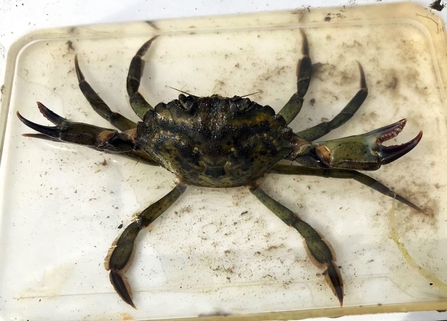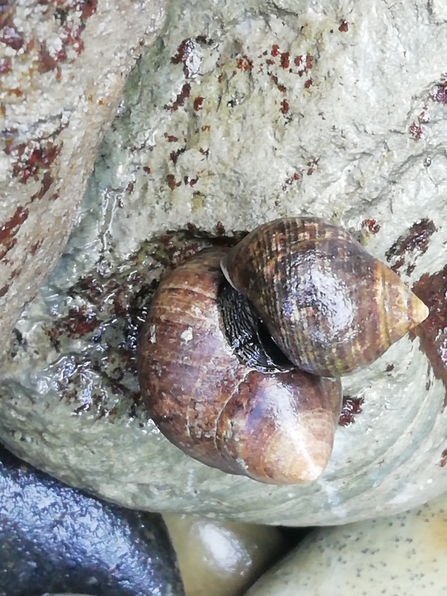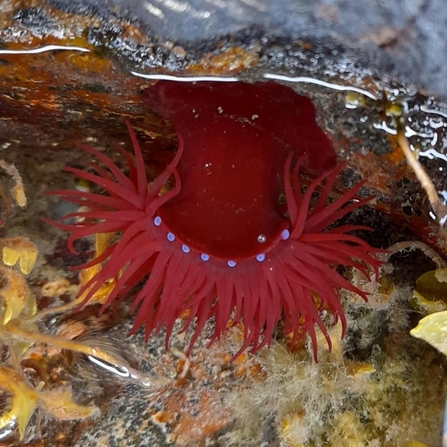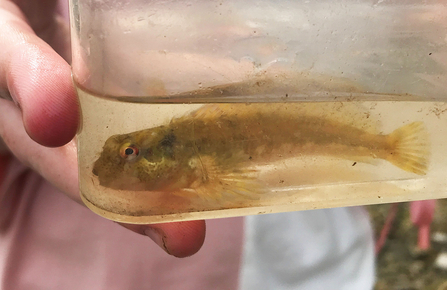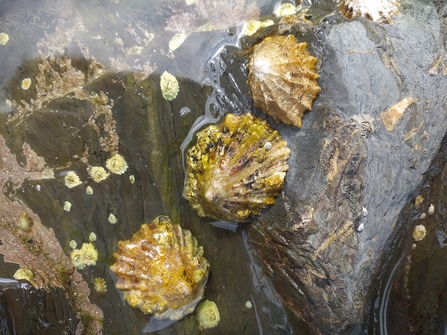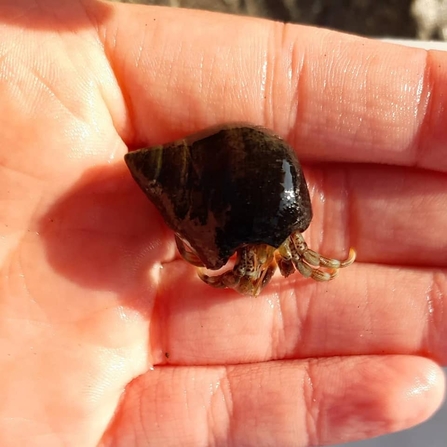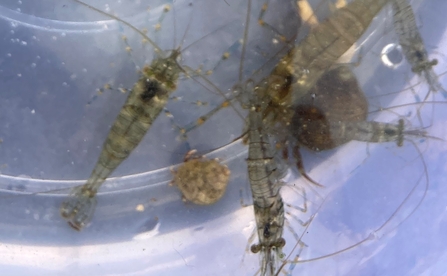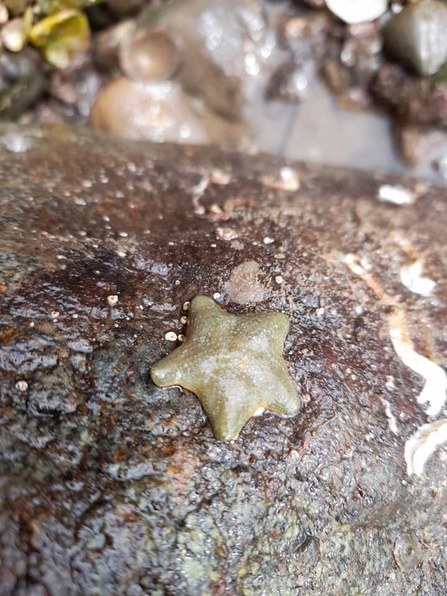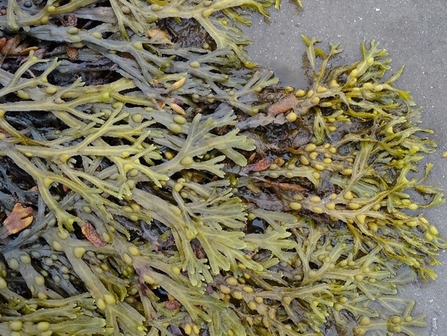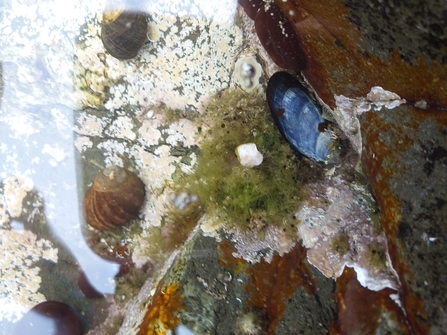Your Big Rockpool Ramble species help to build up a better picture of our rocky shore wildlife. This allows scientists to understand how these species are changing over time, due to climate change, human developments and invasive species. It can even contribute to the monitoring and conservation of rare or endangered species.
In total, you sent us 249 records of over 45 different intertidal species!


